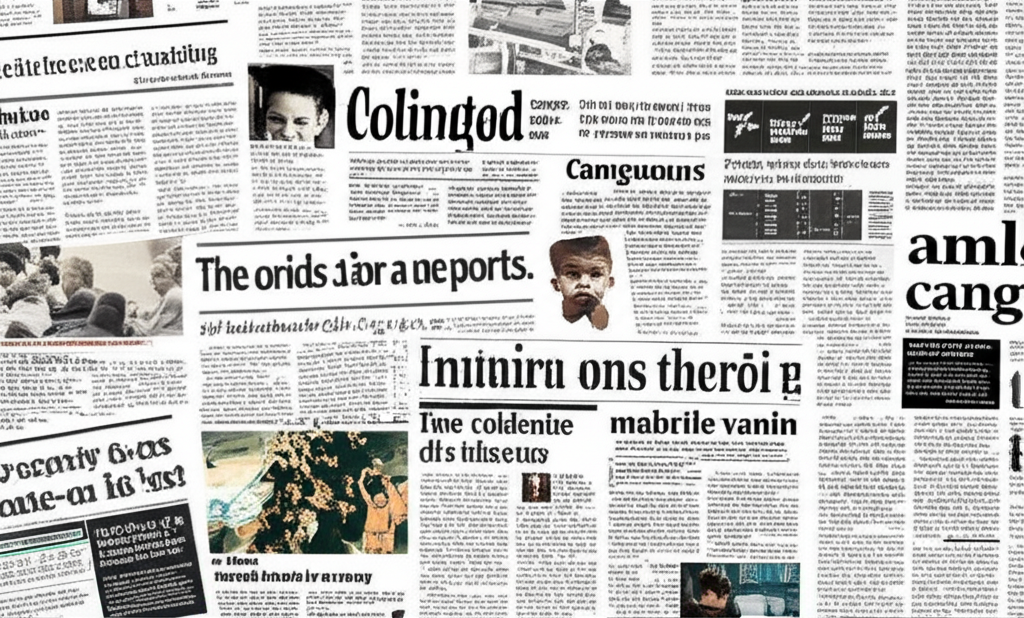A Year of Unprecedented Change
2011 will be remembered as a watershed year for American higher education. From coast to coast, universities faced budget crises, student protests, and fundamental questions about the value and accessibility of college education. The year's events set the stage for ongoing debates about student debt, campus safety, and the role of higher education in society.
Our analysis identifies the ten most significant stories that shaped the higher education landscape in 2011, each with lasting implications that continue to influence policy and practice today.
1. Penn State Scandal Rocks Higher Education
The Jerry Sandusky child abuse scandal at Penn State University became the year's most shocking story, leading to the firing of legendary football coach Joe Paterno and university president Graham Spanier. The scandal raised fundamental questions about institutional accountability, the role of athletics in higher education, and campus safety protocols.
The fallout extended far beyond Penn State, prompting universities nationwide to review their reporting procedures and child protection policies. The scandal ultimately cost Penn State over $100 million in fines and settlements.
2. Occupy Wall Street Spreads to College Campuses
The Occupy movement found fertile ground on college campuses, with students organizing protests against rising tuition costs and mounting student debt. Major demonstrations occurred at UC Berkeley, Columbia University, and dozens of other institutions.
The movement highlighted growing concerns about college affordability and sparked national conversations about income inequality and the student debt crisis that would dominate higher education policy discussions for years to come.
3. State Budget Cuts Devastate Public Universities
Public universities faced unprecedented budget cuts as states grappled with recession-related revenue shortfalls. California's UC system alone faced a $650 million reduction, leading to tuition increases, faculty layoffs, and reduced course offerings.
These cuts marked a fundamental shift in public higher education funding, with states reducing their per-student investment to levels not seen since the 1980s.
4. Major Policy and Legal Developments
- Department of Education releases new Title IX guidance on sexual harassment
- Federal student aid eligibility requirements tightened for for-profit colleges
- Supreme Court upholds race-conscious admissions in limited circumstances
- New regulations implemented for online education programs
5. Technology Transforms Campus Life
2011 saw the widespread adoption of social media platforms like Facebook and Twitter on college campuses, fundamentally changing how students communicate and organize. The year also marked the beginning of the smartphone revolution in higher education, with institutions beginning to develop mobile apps and services.
Massive Open Online Courses (MOOCs) emerged as a potential disruptor, with Stanford's AI course attracting over 160,000 students worldwide.
6. Student Debt Crisis Reaches Tipping Point
Total student loan debt surpassed $1 trillion for the first time in 2011, with the average graduate carrying over $25,000 in debt. This milestone sparked national debates about college affordability and the sustainability of current financing models.
The crisis prompted calls for loan forgiveness programs and alternative funding mechanisms that would shape policy discussions throughout the decade.
Historical Significance
2011 marked the first year that student loan debt exceeded total credit card debt in America, signaling a fundamental shift in household finances.
7. Campus Safety Incidents Prompt Policy Reviews
Several high-profile campus safety incidents in 2011 led to comprehensive reviews of emergency response procedures. The Virginia Tech shooting's anniversary prompted many institutions to upgrade their alert systems and crisis management protocols.
Universities invested heavily in new safety technologies, including emergency notification systems, improved lighting, and enhanced security personnel training.
8. International Student Enrollment Surges
Despite economic challenges, international student enrollment reached record highs in 2011, with over 723,000 international students studying in the United States. This growth provided crucial revenue for many institutions facing budget constraints.
The increase was driven primarily by students from China and India, establishing patterns that would continue throughout the decade.
9. Faculty Unionization Efforts Intensify
Economic pressures led to increased faculty unionization efforts across the country. Graduate student workers at several major universities organized successful union drives, while adjunct faculty began organizing for better working conditions and job security.
These efforts highlighted growing concerns about the casualization of academic labor and the decline of tenure-track positions.
10. Green Campus Initiatives Gain Momentum
Sustainability became a major focus for universities in 2011, with hundreds of institutions signing climate commitments and investing in renewable energy projects. The year saw the completion of several major green building projects and the launch of comprehensive sustainability programs.
These initiatives reflected growing student demand for environmentally responsible campus operations and positioned higher education as a leader in climate action.
